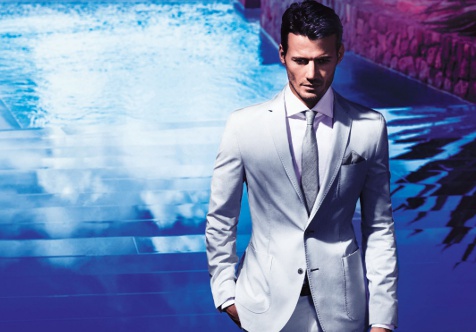In collaboration with Convergence, VOICE OF ASIA is proud to present timeless articles from the archives, reproduced digitally for your reading pleasure. Originally published in Convergence Volume 19 in 2013, we present this story on Hugo Boss, and how the brand became fashion’s hot commodity.
From humble origins in the small town of Metzingen, Germany, Hugo Boss has become a billion-Euro business and one of the biggest names in fashion. With 10,000 employees and over 6,800 points of sale in 124 countries, it leads the market for high-end women and men’s fashion and accessories. In conjunction with Father’s Day, Convergence takes a look at the remarkable history of this luxury fashion powerhouse, a business passed down from father to son that has become renowned worldwide for its mastery of men’s clothing.
From Apprentice to Boss
Hugo Ferdinand boss was born in 1885 to Heinrich boss and his wife Luise, who lived in the town of Metzingen. Though he had five siblings, only one of them – an elder sister – survived infancy, and Hugo was chosen to be the heir to his parent’s lingerie and linen shop. He apprenticed briefly as a merchant and enlisted as a soldier in the First World War, before opening his first factory in Metzingen in 1924 with financial assistance from two other manufacturers in the town. Unfortunately, the arrival of the Great Depression in 1929 badly affected the textile industry, and by 1931 the factory was facing bankruptcy.
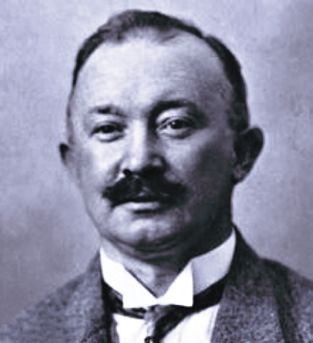
The company saw an upsurge in its fortunes when it received large orders for uniforms, particularly from the German armed forces in 1938. At this time, Hugo Boss was neither a trendsetter nor even a market leader, and was certainly not involved in the actual design of the uniforms. However, his association with the National Socialist Party resulted in heavy fines after the war, which significantly impacted the company’s finances in the three years before his death in 1948.
A Brand is Born
His son-in-law, Eugen Holy, took over the reins, and for a while the company continued to manufacture uniforms – this time for the Red Cross and the French occupation forces. In the 1950s, however, the company began receiving orders for men’s suits, an indicator of its future direction. The first ready-to-wear suits rolled out of the factory in 1960.
In 1969, Eugen Holy’s own sons Jochen and uwe took over Hugo boss, and began reshaping it into the globe-conquering brand name it is today. The early 1970s saw the launch of the BOSS brand, based on high-quality collections of men’s clothes, particularly the narrow shouldered, two-button, single-breasted blazers that were then in vogue.
The brothers went to great lengths to promote the firm and its new brand through sponsorship of sports, starting with Formula One and other motorsports. in 1985, world golf champion Bernhard Langer became the first to wear BOSS on the fairway, the same year the company was listed on the Frankfurt Stock Exchange. Two years later, Hugo Boss provided support for the Davis Cup, the premier international team event in men’s tennis, and has dressed the event staff to this day. And in 2003, sailing was added to the corporation’s list of sponsored sports, with the 22 crewmembers of the Hugo Boss yacht wearing BOSS Green sportswear.
Expanding Horizons
The Hugo Boss range has steadily expanded over the years. The company launched its tri-brand strategy in 1993, adding the avant-garde, progressive HUGO and the opulent BALDESSARINI to support the core BOSS brand. Although the BALDESSARINI brand was sold off in 2006, the concept of a top-end, handcrafted line lives on under the BOSS selection label.
In 1998, Hugo Boss launched two more new brands. One was BOSS Golf Collection (later BOSS Green), which tied in to the firm’s long-running sponsorship of golf events and demonstrates to this day that sportswear can be both high-performance and highly fashionable. The other was its first women’s collection, HUGO Womenswear, which heralded the introduction of more women’s clothing for other Hugo Boss brands such as the core BOSS Black in 2000. The following year, the company carved a niche in the casualwear market with BOSS Orange, a favourite for those involved in sports and leisure pursuits.
Since then, the brand has seen some reorganisation and modification, including the addition of footwear and leather products to the core business in 2004 and the introduction of BOSS Green Womenswear in 2010. Nevertheless, the wide range of well-made, stylish clothes continues to remain accessible and recognised by fashion aficionados the world.
Consummate Fashion
In addition to clothing, Hugo Boss has expanded its portfolio (not to mention its brand recognition) through its licensing operations. This venture began in 1984 when the first license was granted for a Hugo Boss perfume. Since then, the company’s fragrances for both men and women have become market leaders in their own right.
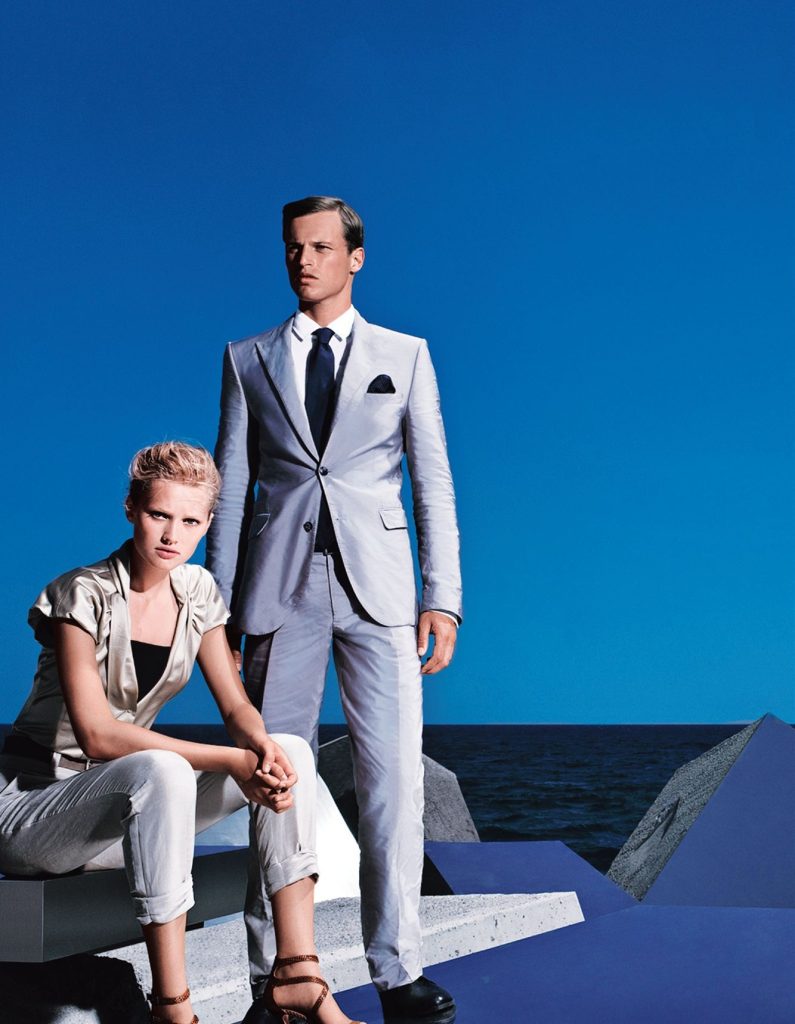
More licenses soon followed, for products as diverse as eyewear, footwear, watches, men’s skincare products, children’s clothing, and most recently, bed and bath products. With a full range of Hugo Boss clothing and accessories already available, the company is well-placed to continue building a complete lifestyle solution for those seeking the apex of fashion.
The company has also kept abreast of modern trends with social media and networking in order to keep its brand name in the public consciousness. Along with the launch of its online store in 2008, Hugo Boss also released an iPhone app the following year.
Socially Responsible
Behind the fashionable elegance of Hugo Boss lies a company that takes corporate social responsibility very seriously. In addition to its sponsorship of sporting events, the corporation also has a history of promoting the arts. In 1995, it partnered with the internationally-renowned Solomon R. Guggenheim Foundation to sponsor various exhibitions and activities at the Guggenheim Museum.
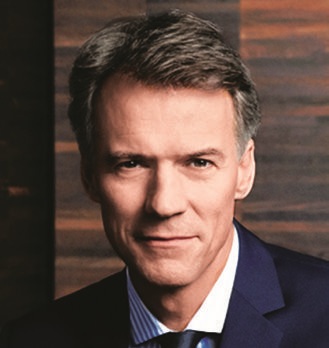
This collaboration laid the ground-work for the Hugo Boss Prize, an international award administered by the Guggenheim Museum for excellence in contemporary art. Every two years, a group of museum curators, art critics, scholars and collectors select an artist who shows exceptional innovation and creativity in his or her work. Since its inception in 1996, the prize has been awarded to painters, sculptors, filmmakers, architects and performance artists from all around the globe.
Hugo Boss has also supported children’s charities for many years. In 2007, in partnership with UNICEF’s “Schools for Africa” initiative, the fashion giant contributed 100,000 Euros to help open, renovate and supply schools in Angola, Malawi, Rwanda, Mozambique, Zimbabwe and South Africa. Five years later, it launched the charity campaign “Today. To Help. Together.” with BOSS Orange Fragrance brand ambassadors Orlando Bloom and Sienna Miller to support the international organisation’s efforts in securing education rights for children in Madagascar.
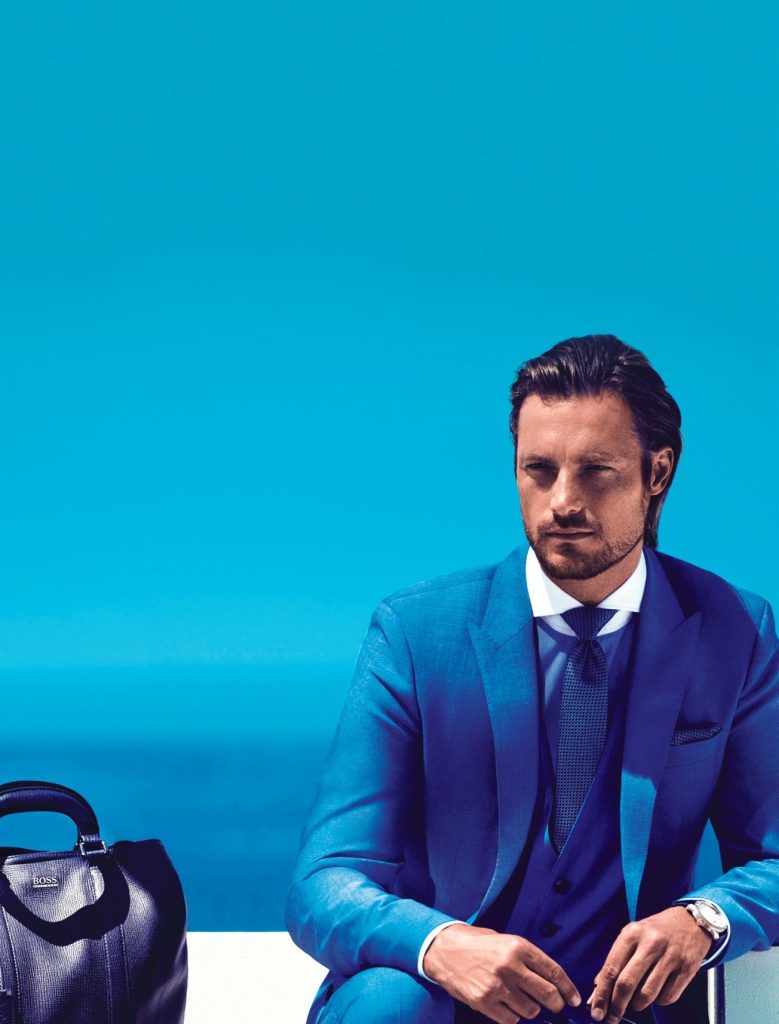
The story of Hugo Boss is one of overcoming the odds, of stimulating creativity and excellence in fashion. It is a tale of a successful company that broke the shackles of its past to become the global trend-setter it is today. Visitors indulging in Hugo Boss can rest secure in the knowledge that they are not only holding unrivalled quality in their hands, but also supporting an ethical, upstanding modern business.


